 Sikkim Tours Online
Sikkim Tours Online
 Sikkim Tours Online
Sikkim Tours Online
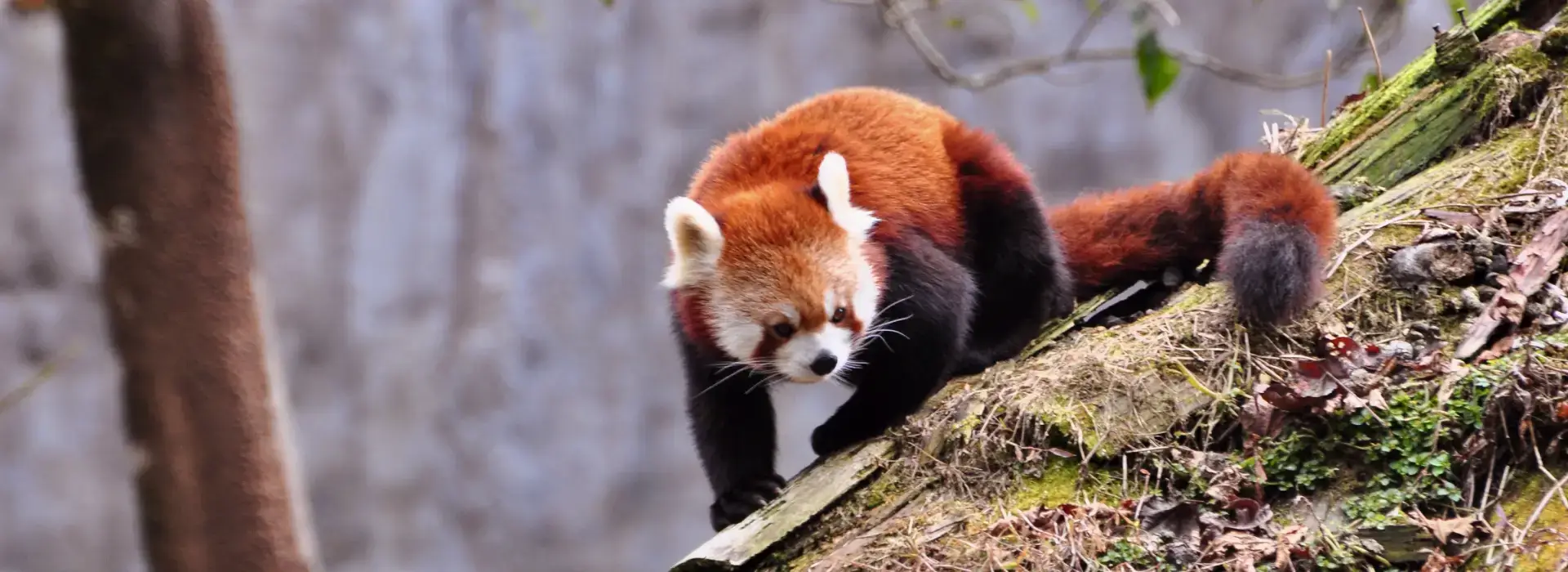
Sikkim Wildlife Tourism
Sikkim can be considered a wildlife tourist attraction due to the natural landscape and different kinds of ecosystems that are friendly and safe for visitors. This small state is located in the Eastern Himalayas and has many varieties of animals, rare and endangered ones like the snow leopard, the red panda, the Himalayan tahr. The animals find suitable habitation in Sikkim’s National parks and wildlife sanctuaries including the UNESCO site; The Khangchendzonga National Park. Himalayan Monal, Musk Deer, and Barking Deer are some of the popular wildlife animals found in Sikkim which add to the tourism sector of Sikkim. Sikkim for sure has shown commitment to the cause of conservation and various habitats, which in turn make this place perfect for wildlife lovers intending to indulge in observing the raw beauty of the wild.
The different altitudes in the state reduced vegetation covering in the tropic lowland to the alpine feature hence a wonderful provision for the marvelous diversification of the ecosystems. Wildlife in Sikkim is quite colorful and covers all sorts of wildlife from a quiet birding in the woods to tracking through the meadows. The authorities of Sikkim prioritize animal and scenic conservation for properly hosting the tourists with the spirit of eco-tourism; it makes the travelers feel the real adventurous spirit with a touch of nature.
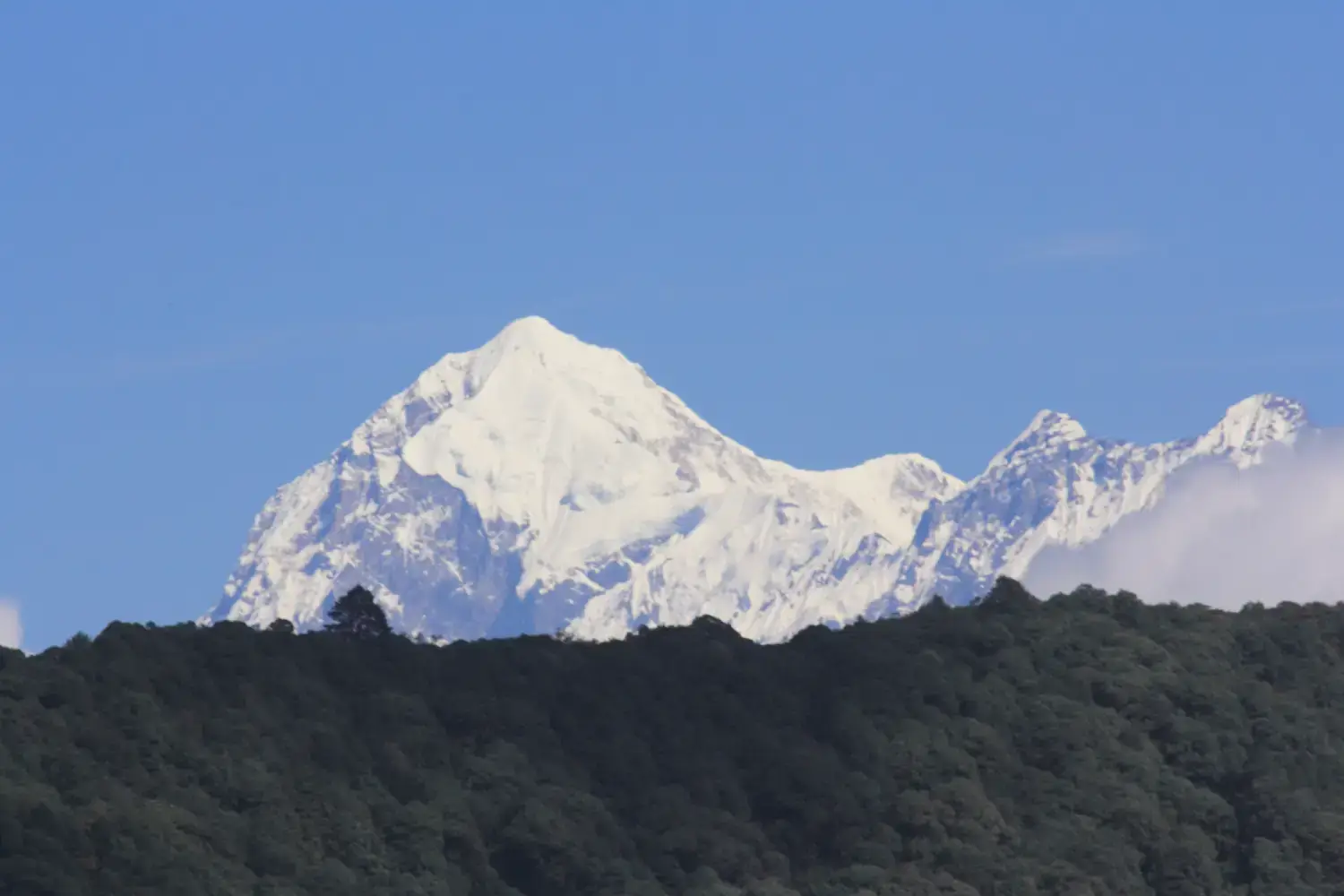
Wildlife sanctuaries and the wild reserve are some of the beautiful areas which are widely available in Sikkim. Sitting in Sikkim, Khangchendzonga National Park which is one of the UNESCO World Heritage sites, has some of the rarest species of animals like the snow leopard. Fambong Lho and Maenam Wildlife Sanctuary is the place to touch the beauty of red pandas and Himalayan tahr. On the other hand, the Shingba Rhododendron Sanctuary offers the best opportunity to see some of the most spectacular fauna in the world.
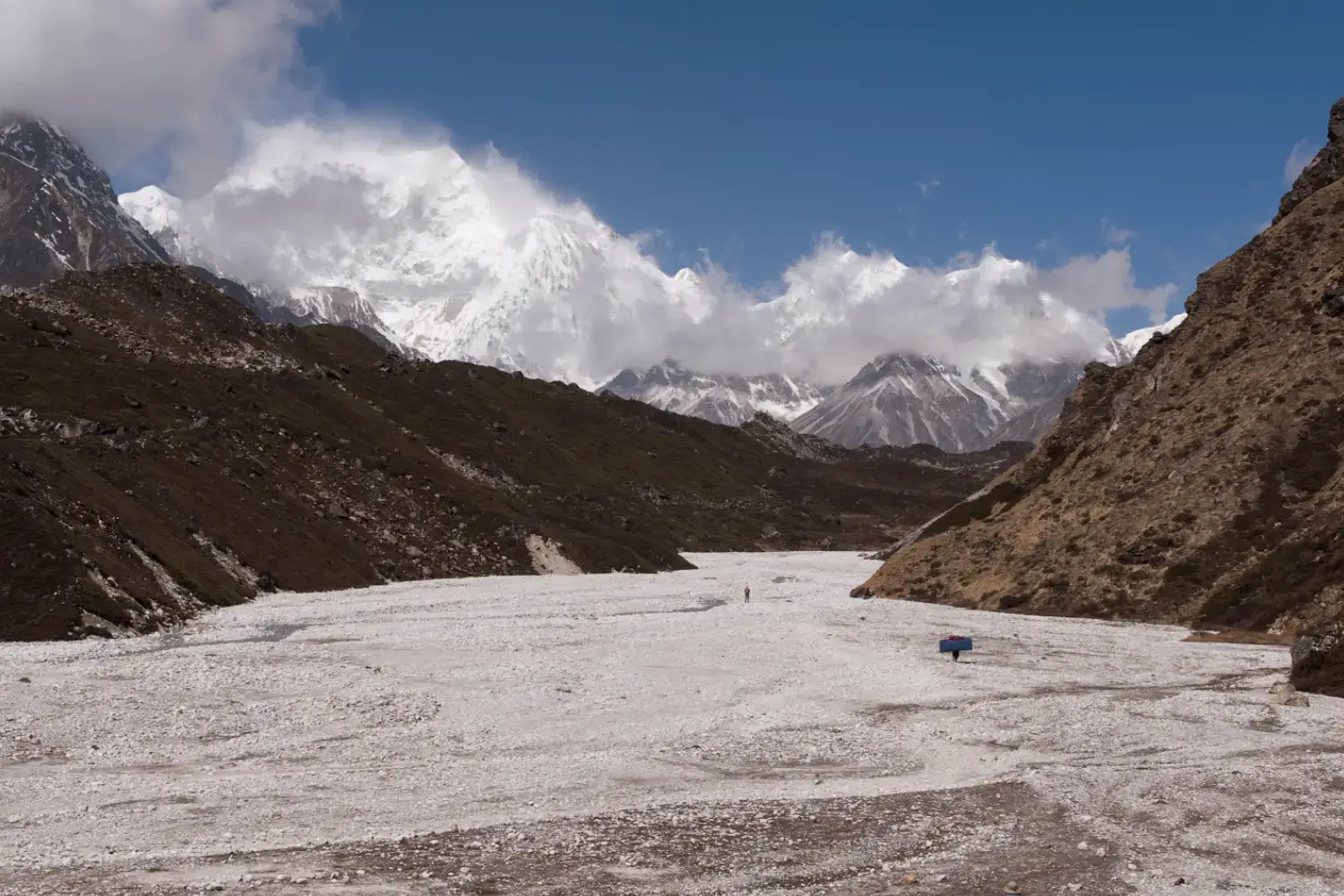
The newest pride of Sikkim is the already established Khangchendzonga National Park, singled out as the UNESCO World Heritage site for offering spectacular outlooks and astounding fauna. Located in the standing of the Mountain Khangchendzonga, the fourth highest mountain in the world, the park hosts a variety of biomes which include alpine meadows, temperate forests and so on. It is the habitat of unusual and endangered species like snow leopards, pandas, and Himalayan tahrs. The park also has cultural value since the local people believe the area has some religious value. Exploring this relatively uninhabited territory can be quite thrilling and wonderful, with fantastic views, splendid and still water streams and an ideal chance to see nature in as real a state as possible.

The Barsey Rhododendron Sanctuary situated in the west of Sikkim is a flourishing centre of botanical and zoological importance. It is 104 square kilometres big and famous for the rhododendron flowers which the island is adorned with, especially in spring when it brings out the colours only it can. The sanctuary has many species of flora and fauna which are sited in the area and some of them include red Panda, Himalayan Thar, Bird among others. The bird watchers and trekkers as well as nature lovers will surely have a great time through the virgin forests, alpine meadows, and great views of the Khangchendzonga range. Barsey turns into a perfect destination for discovering its botanical side along with embracing wildlife in Sikkim in untouched surroundings.

Pangolakha Species Sanctuary in eastern Sikkim represents one of the best-kept secrets to offer possibly the last natural habitat of the diverse species together with a species conservation unit. It occupies an area of 130 square kilometers and is located near forests, meadows, and fast creeks. It hosts several endangered forms such as red panda, Himalayan black bear, wild boar, and a remarkable variety of birds- pheasants, eagles, and others. The tranquillity of the put enhances ecological rainforest value besides making it a perfect place for eco-tourism and other thrilling activities. Such an unexploited piece of paradise is Pangolakha to prove Sikkim’s commitment to conserving this aspect of nature.
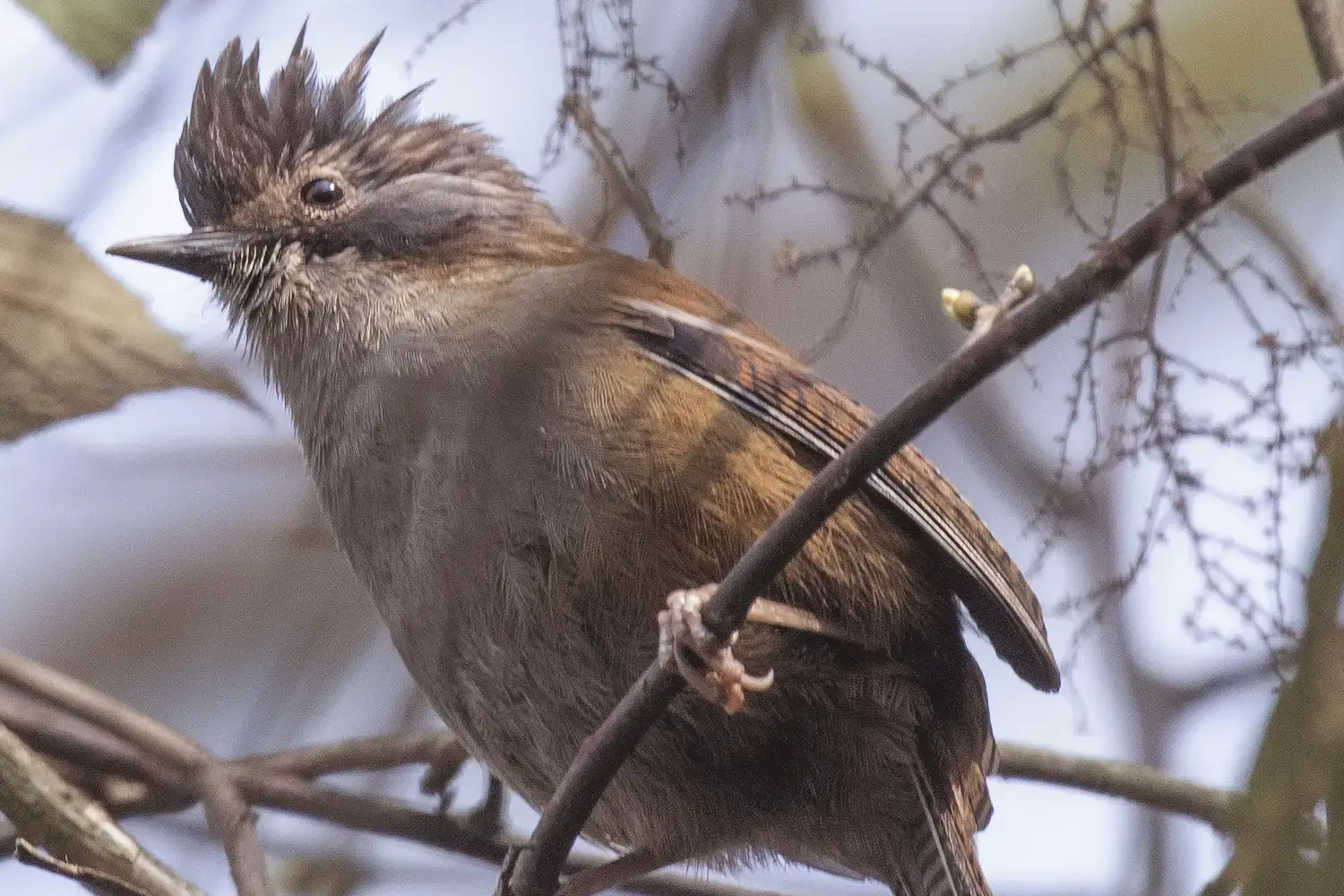
Maenam Wildlife Sanctuary situated in south Sikkim is another attractive place for lovers of wildlife and nature tourism. Due to its inclination on steep slopes of the Kanchenjunga range, gigantic trees, rocks and thrown-up ground combined with the heavy green forests offer a variety of bio-geographical locations. Some of the endangered species which can be found in the sanctuary include the red panda, Himalayan tahr, and the black bear, together with a variety of birds, including the Himalayan griffon vulture. Some of its delicious flora consists of rhododendrons, Oaks and firs and the natural forests make Maenam a perfect place for trekking and birding. The refuge demonstrates the richness of Sikkim’s bio-diversity and the responsiveness of the state towards the cause of conservation.
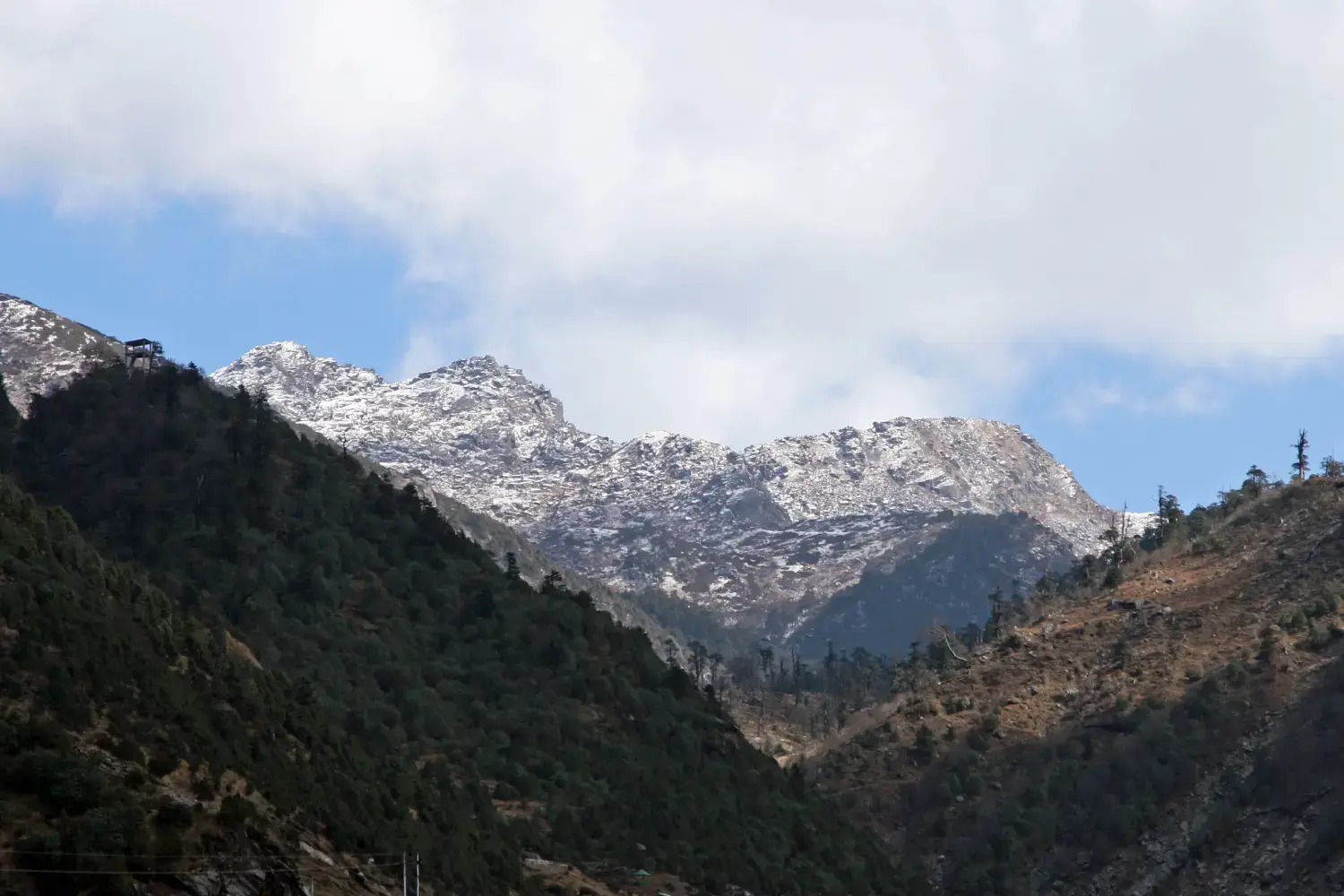
Kyongnosla Alpine Sanctuary, a popular wildlife sanctuary which is located at the base of the towering Kanchenjunga peaks, is a biologist and especially an adventure tourist’s delight. This is a unique refuge situated at an altitude of over 4000m and characterized by a very specific alpine environment. Some of the species including; The Himalayan tahr, musk deer and snow leopard are found here alongside breathtaking flowers with brilliant colours consisting of wildflowers and alpine shrubs. The nature of the sanctuary offers the sightseeing of snowy mountains and vast green meadows after setting a challenging means for trekking. Kyongnosla can be considered a symbol of Sikkim’s intended conservation of the alpine landscape.
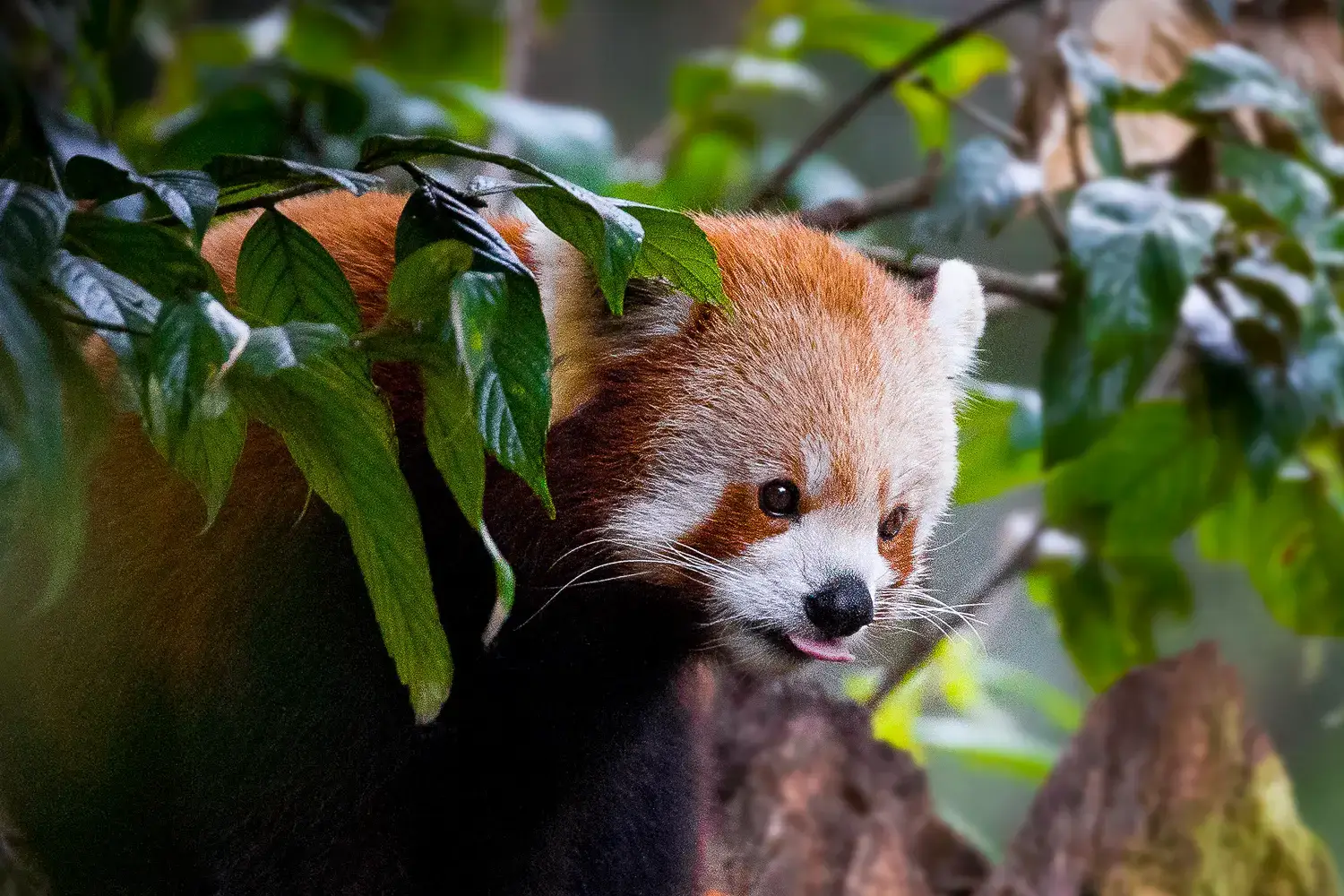
Sikkim is a Tarai and botanically very rich area with diverse species of animals and plants. Its diverse biomes, from temperate forests to alpine pastures, host over 5000 plant species such as; Rhododendrons, Orchids and the rare Blue Poppy. The animals here are no less fascinating burning species like the red panda, snow leopard and the Himalayan Tahr grazing through the rocky land. Deep forests of the state are also known as homes of black bears, musk deer, pheasants, vultures and many more. Ecologically, Sikkim is a splendid and valuable state because of the varying climate and terrains that provide for it to be known as the biodiversity hotspot and paradise for bird watchers.
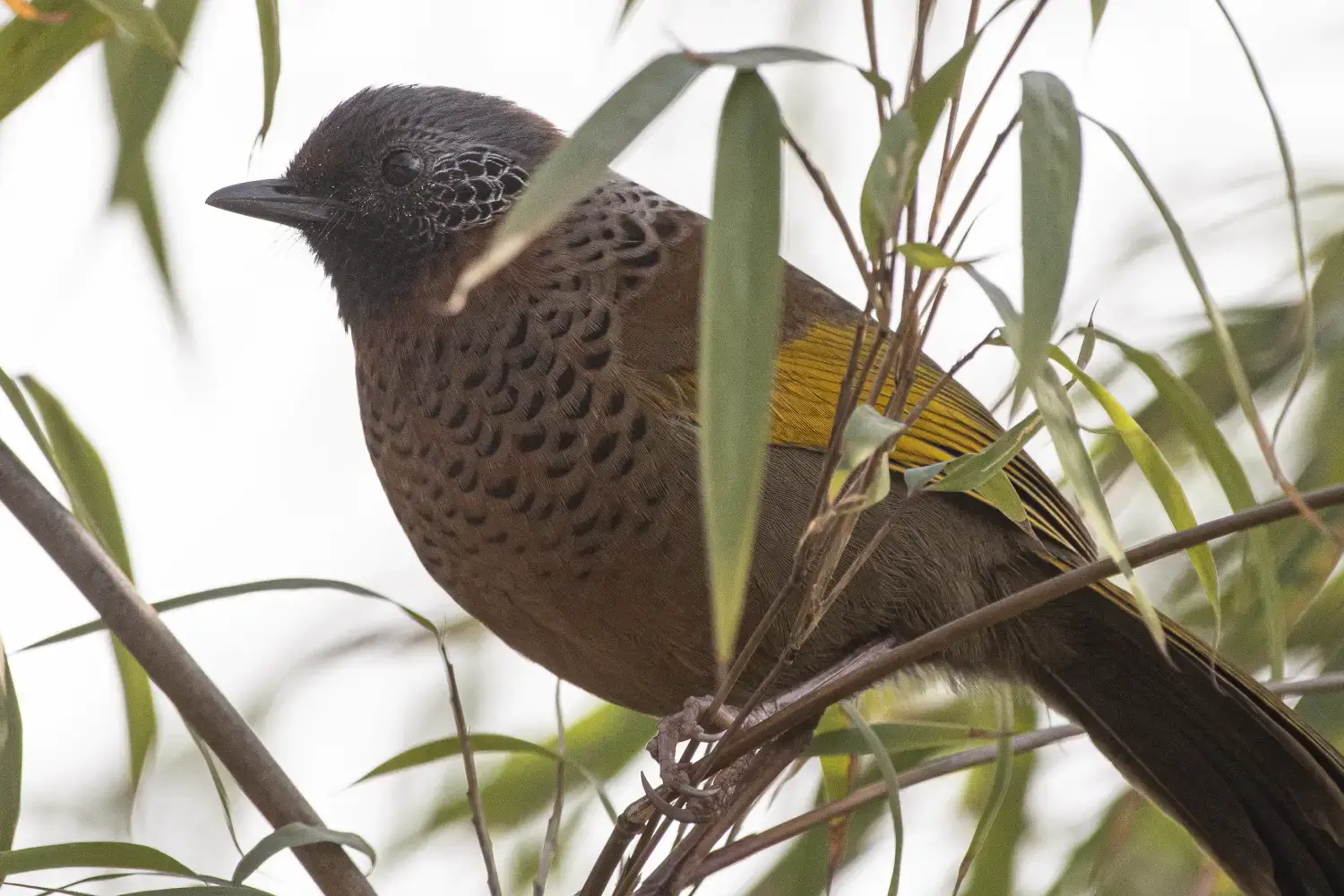
Between March and May, Sikkim is a treat for the bird watchers as it is home to more than 550 bird species against the backdrop of the Eastern Himalayas. There is a wide variety of different regions in the state – from subtropical forested lands right up to alpine meadows which provide the perfect environment for both seasonal and resident birds. The state of Sikkim boasts of somewhere around 550 bird species out of which the colorful state bird of Sikkim is the Monal, black necked crane, blood pheasant as well as elusive satyr tragopan bird. Some of the Bird watching National Parks in Sikkim include Kanchenjunga National Park, Singalila National Park and Tsomgo Lake along with its surrounding places and people from different parts of the world visit this place.
Environmental enthusiasts will also have an out of the ordinary experience due to the fact that the state offers a competitive benefit of strategic places full of Natural resources and serenity. Birding in Sikkim is best done especially during the migration period that entails from October to March, during which the mountains burst with bird colors. Whatever tourist destinations in Sikkim involve these bird species and their potential habitats are protected by the government’s commitment to ecotourism and conservation.
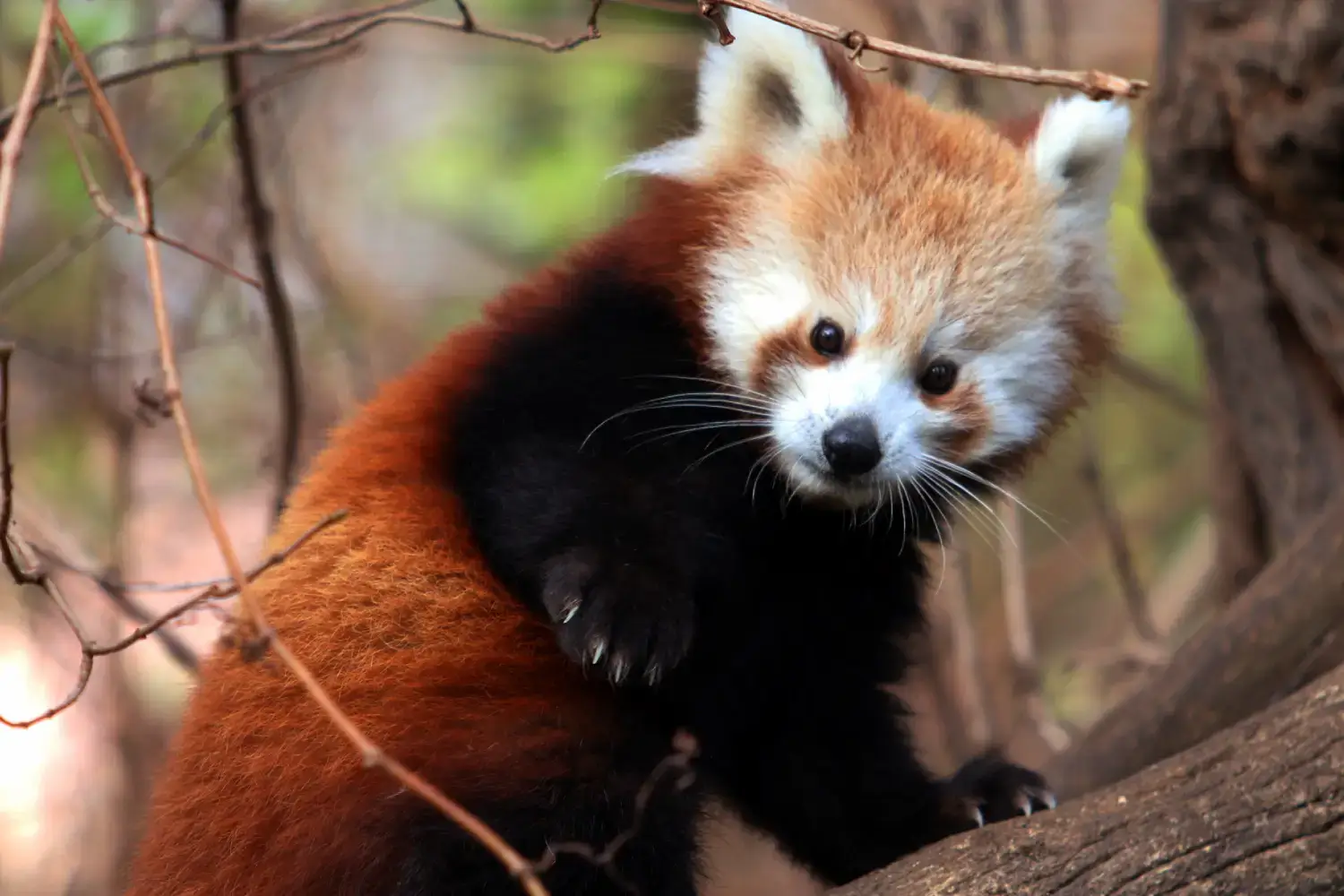
For wildlife tourism in Sikkim, it is ideal to visit Sikkim from March to May and September to November, which are the spring and autumn seasons respectively. These are the best months; these are the months when the climate is good and the view is incredibly beautiful. March to May is a good time for sighting animals, particularly the red panda and Himalayan tahrs; foliage is lush and there are rhododendrons in full bloom. September to November is also considered perfect for trekking and watching animals because it is rather warm, but not as hot as in summer. Do not travel during the monsoon season of June to August since the downpour hinders outdoor travel.
This is an enthralling tour through nature’s wilderness in order to observe the wildlife in Sikkim. Right from the peak of the snowy Kanchenjunga up to the dense, foggy forests – there is majesty in every metre. The ecological stewardship provided by the region ensures that any visitor may view its numerous species of fauna, including the elusive red panda and hardly observed birds, in their habitats. The various landscapes of Sikkim are much more than wildlife sights; they present a rich experience over some of the least disturbed tracts of India. Sikkim wildlife tourism in every way is exciting, elating and a soulful journey to undertake that can be best for professional trekkers to those who consider themselves hardcore wildlife lovers.
Here are quick links to explore the Sikkim Tours Online website and find important information about Sikkim travel, tourism, and holiday packages.